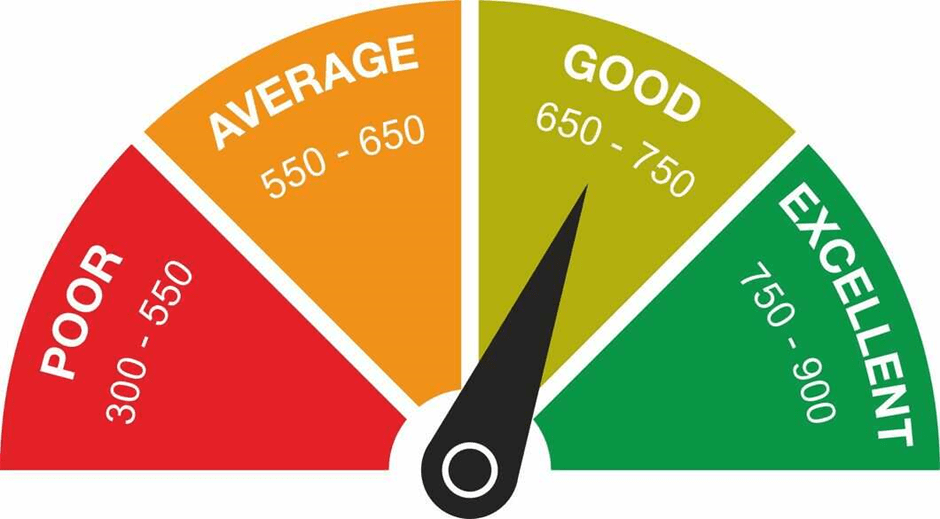The Indian telecom industry has witnessed significant transformations over the past few years. Market players have seen their fortunes rise and fall, based on competitive dynamics, regulatory interventions, and rapidly changing consumer preferences. One entity that has garnered a lot of attention, both for its challenges and potential opportunities, is Vodafone Idea Limited (VIL), also commonly known as “Vi”. As we approach 2030, many investors and market watchers are keen to understand the direction in which Vi’s share price could be headed.
Historical Context
Vodafone Idea was birthed from the merger of two prominent players – Vodafone India and Idea Cellular – in August 2018. Initially, the synergy aimed at combating the fierce price wars triggered by the entry of Reliance Jio into the telecom scene. The initial years post-merger were challenging, with Vi grappling with a massive debt pile, dwindling market share, and adverse regulatory headwinds, especially the Adjusted Gross Revenue (AGR) dues.
Factors Influencing the 2030 Target
Several critical factors will determine Vi’s share price trajectory leading up to 2030:
Debt Restructuring and Capital Infusion: Vi’s financial health and its ability to manage its colossal debt will play a pivotal role. If the company can attract significant investments or undergo beneficial debt restructuring, it could find the fiscal breathing room to invest in infrastructure and technology. This could, in turn, lead to a positive stock price movement.
Market Share & Subscriber Base: Vi’s capability to retain its existing subscriber base and attract new ones will be crucial. Recent efforts to rebrand and reposition itself as a tech-forward telecom provider may play in its favor.
Regulatory Environment: Regulatory support in the form of reasonable spectrum pricing, policy frameworks that promote competition, and leniency with outstanding dues can significantly impact Vi’s financial trajectory.
Investment in Technology: As we approach 2030, technologies like 6G might be on the horizon. Vi’s agility in adopting newer technologies and providing state-of-the-art services can offer it a competitive edge.
Diversification: Like global telecom giants, if Vi diversifies its service offerings beyond just core telecom services, it can tap into newer revenue streams. This can range from digital content distribution, financial services, or even e-commerce.
The 2030 Share Price Target
Predicting the exact share price for any company a decade out is fraught with uncertainties. However, given the above factors and considering Vi’s potential to turnaround its operations, market sentiments suggest a cautiously optimistic outlook. If the company manages to address its immediate challenges in the next couple of years, it could set the stage for consistent growth in the latter half of the decade. By 2030, Vodafone Idea’s share price could see a multi-fold increase from its current levels if all the stars align.
That said, investors should conduct thorough research and possibly seek financial advice before making investment decisions. The telecom sector, with its rapid changes, requires constant monitoring and reassessment.
If you’re a Vodafone Idea user and need to manage your balance or need finance updates, don’t forget to visit MyBalanceToday. And if you’re looking to perform balance transfers or need assistance, the VI balance transfer code will be handy.
Also Read: How Much Does a Pair of Shoes Weigh? (Explain With the Help of Examples)
Conclusion
While the road ahead for Vodafone Idea seems filled with challenges, the potential for resurgence remains. The next few years will be pivotal in shaping its destiny and, by extension, its share price as we touch 2030.










